Refinishing hardwood floors is a crucial aspect of home improvement that significantly enhances a property’s appeal and value. This article delves into the process and benefits of refinishing hardwood floors, highlighting its impact on a home’s market value.
Refinishing Hardwood Floors: An Overview
Hardwood floors are appreciated for their long life and visual charm, yet they need consistent maintenance. Refinishing wood floors involves several steps designed to refresh their appearance and extend their lifespan. Here are the details of each step:
- Room Preparation: The initial phase involves emptying the room and making sure the floor is free of nails and staples.
- Sanding: The journey begins with using coarse-grit sandpaper on a drum sander to strip away old finishes. This is followed by progressively finer sandpaper to achieve a smooth texture.
- Edge Sanding: This step requires manually sanding the floor’s edges and corners, which are often hard to reach.
- Gap Filling: Cracks or gaps are filled with wood filler to create a uniform surface.
- Final Sanding: Finer sandpaper smooths the surface to an even finish.
- Cleaning: A vital step involves thorough cleaning to remove dust.
- Staining (Optional): Staining is an option to further enhance the appearance, followed by adequate drying time.
- Refinishing: Multiple layers of a protective sealant, typically polyurethane, are applied, allowing each layer to dry completely.
- Curing: The final step requires patience, as it involves waiting several days for the final coat to harden fully before the room can be used again.
Does Hardwood Flooring Type Influence Home Resale Value?
Certainly, the kind of hardwood flooring can greatly affect a home’s resale value. This is due to several reasons:
- Quality and Longevity: The durability and lifespan of different hardwoods vary. Sturdy woods like oak, maple, and cherry can increase a home’s value more than softer woods such as pine.
- Visual Appeal: The appearance of wood is crucial. Varieties with distinctive grains and colours can boost a property’s look, making it more attractive to buyers and potentially raising its market value.
- Maintenance Requirements: The simplicity of upkeep and cost of maintaining various wood types can affect a home’s resale value. Those that are easier to maintain and more durable are often more highly valued.
- Eco-Friendliness: Using sustainably sourced materials can be a major advantage.
- Local Trends and Tastes: Buyer preferences and local market trends differ. In some areas, traditional hardwoods like oak and maple are favoured, whereas, in others, exotic or engineered hardwoods might be more sought after.
- Installation Expense: The initial installation cost of certain wood floors can affect the home’s value. High-end hardwood materials, which cost more to install, can lead to a higher selling price.
While hardwood floor type is important, remember that the home’s overall condition, location, and current market conditions are also vital in setting its final selling price.
Financial Analysis: Refinishing Hardwood Floors and Property Value
Refinishing hardwood floors, particularly through sanding and re-coating, is an excellent choice for increasing property values.
Economic Advantages of Refinishing Floors
Refinishing wood floors can greatly elevate a property’s market value, leading to noteworthy financial returns:
- Value Increase: Studies indicate that properties with well-kept or recently refinished hardwood typically fetch higher prices. About 90% of estate agents agree that such homes command higher prices and sell faster.
- Investment Returns: The process often yields returns up to 50% due to enhanced appeal and perceived value.
- Cost versus Value Added: The cost for refinishing ranges from $4 to $8 per square foot, but this expense is usually balanced by the increase in the property’s selling price. The exact benefit varies, depending on local market trends, the quality of the work, and the original state of the wood.
- Sustained Value: Regular upkeep of hardwood prolongs its lifespan, lowers future expenses, and contributes to the property’s lasting worth.
Considering Hardwood Floor Installation for Resale
When contemplating hardwood floor installation to enhance a home’s resale value, keep in mind:
- Market Trends: Hardwood is generally popular, but preferences can vary by location and buyer profiles. It’s essential to understand these local preferences and trends.
- Cost of Installation vs. Increase in Sale Price: The installation expense varies with the wood type, complexity, and the property’s location. Although initially costly, the potential rise in sale price often makes it a worthwhile investment. Evaluate this based on local market information and the specific features of the property.
- Time Factors: Fitting new wood can take considerable time. For quicker sales, it might be more efficient to refinish existing hardwood.
- Environmental Appeal: Hardwood’s popularity is increasing among environmentally conscious buyers, thanks to its eco-friendly attributes.
Environmental and Health Advantages
Refinishing hardwood floors offers considerable environmental benefits, as illustrated by various metrics:
- Emission Reduction: Producing and transporting new flooring materials emits substantial carbon dioxide. Refinishing cuts these emissions by about 75%, using existing materials.
- Low VOC Products: Modern refinishing products have reduced VOC levels by up to 50% compared to traditional finishes, improving indoor air quality.
- Waste Reduction: Reusing existing floors prevents discarding old materials, substantially reducing waste. Refinishing typically avoids about 250 pounds of construction waste per household.
The health advantages of wood floors are supported by statistical evidence:
- Reducing Allergens: Hardwood reduces home allergens by up to 60% compared to carpeted areas.
- Improving Air Quality: Homes with this type of flooring see a 30-50% decrease in airborne dust and mould, aiding respiratory health.
- Cleaning Ease: These floors are roughly 70% simpler to clean than carpets, cutting down significantly on dust mites and allergens.
Final Thoughts
Refinishing hardwood floors is a prudent choice for various reasons, encompassing substantial return on investment and enhancement of property value, alongside environmental and health benefits. Homeowners should consider the immediate aesthetic improvement and the lasting financial, environmental, and health gains of this home improvement.

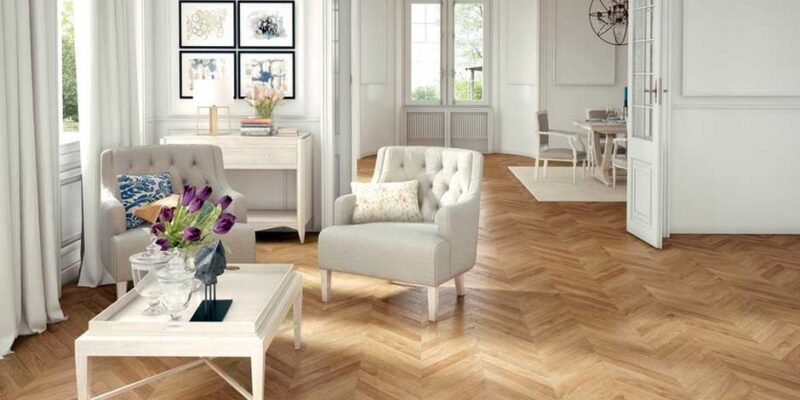




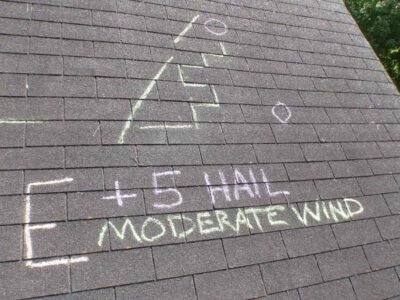
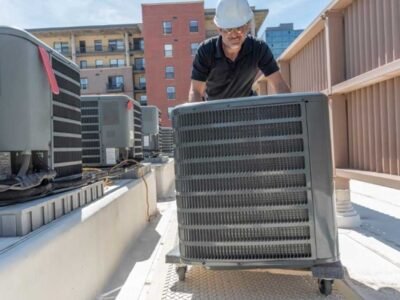
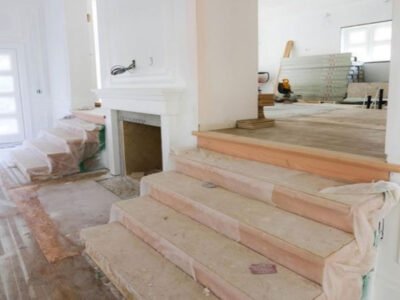
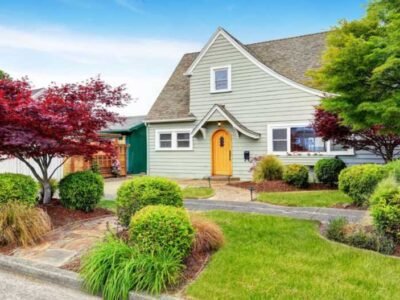






Comments